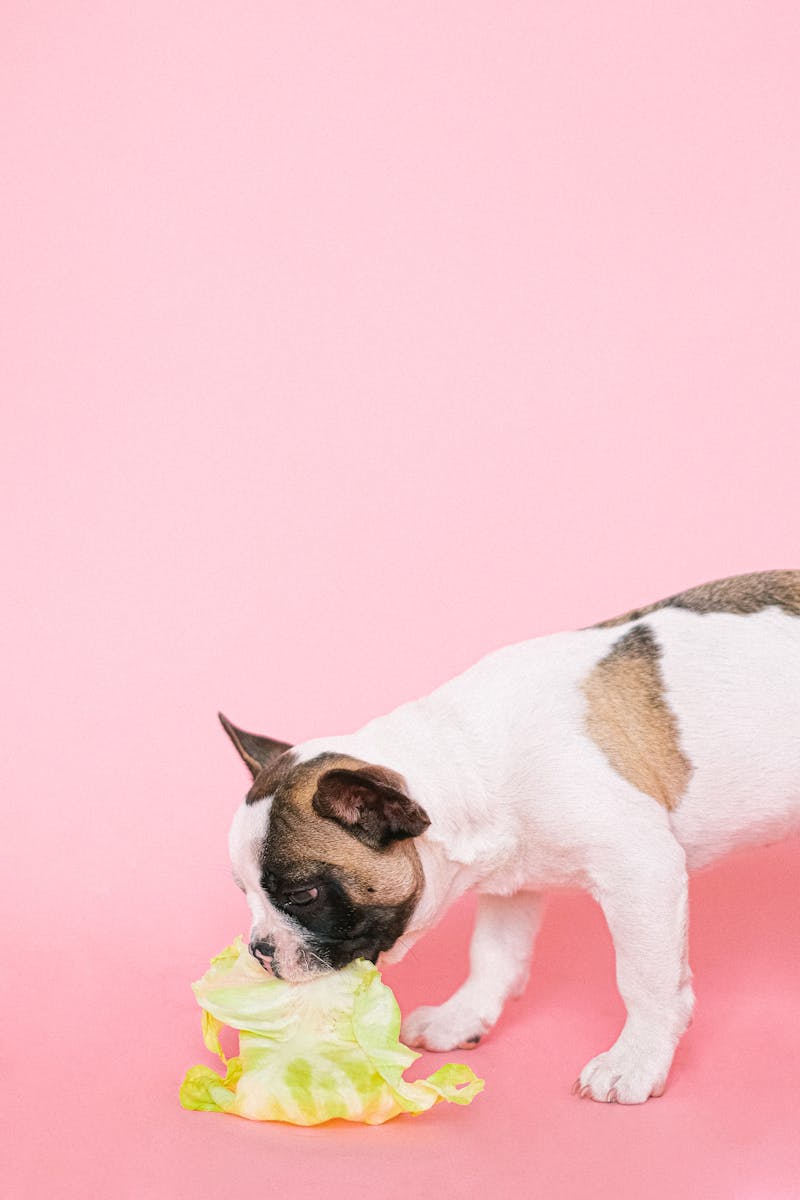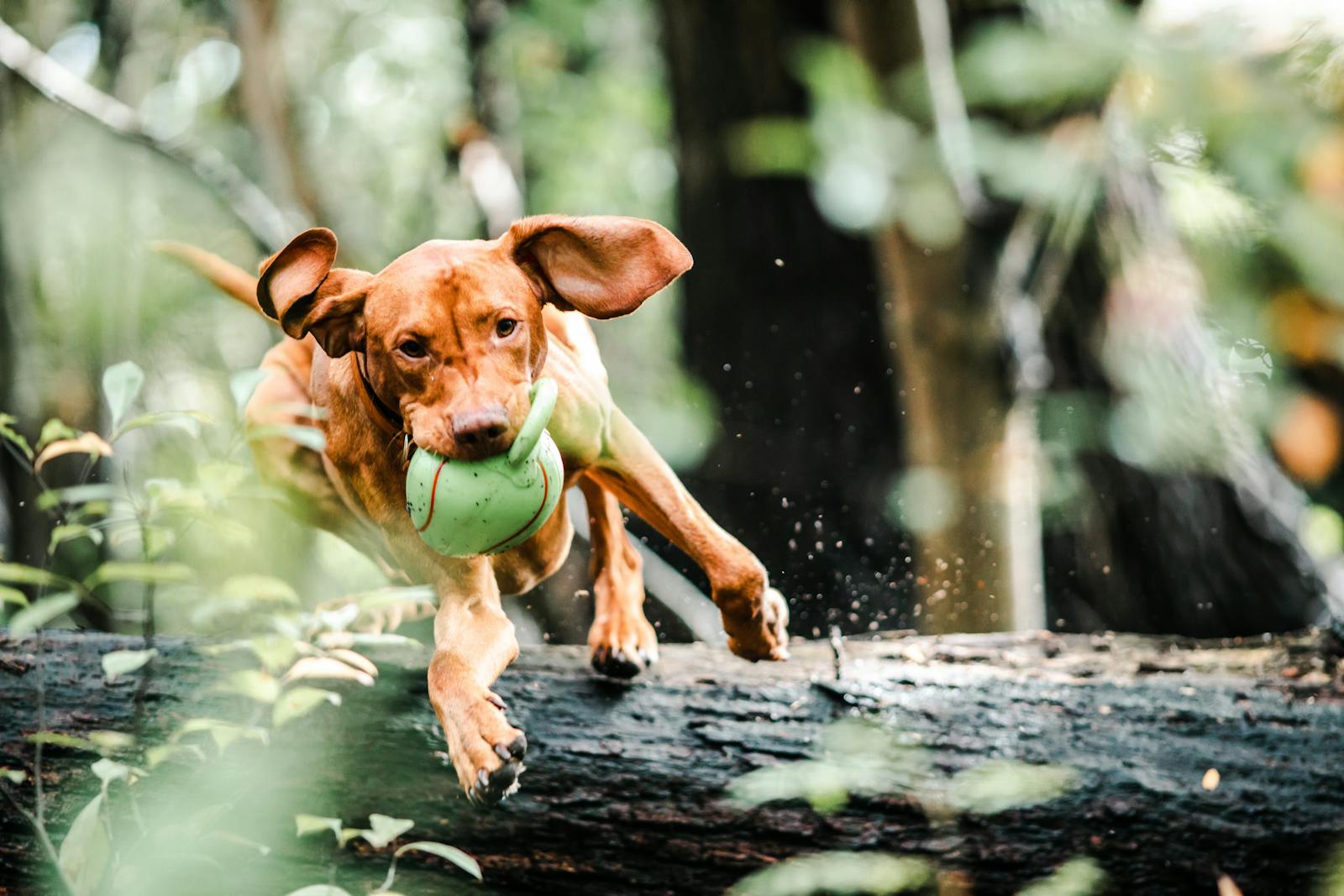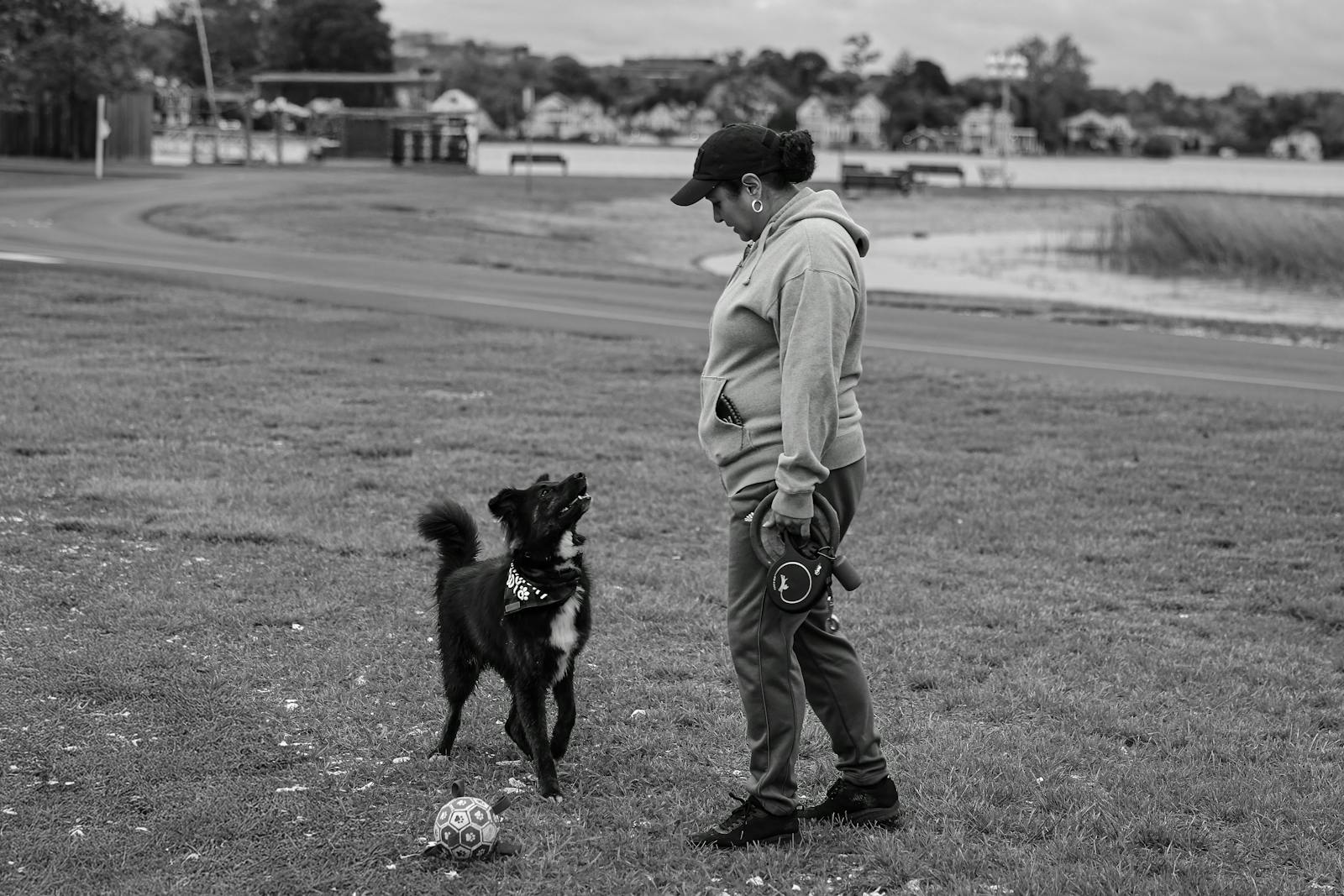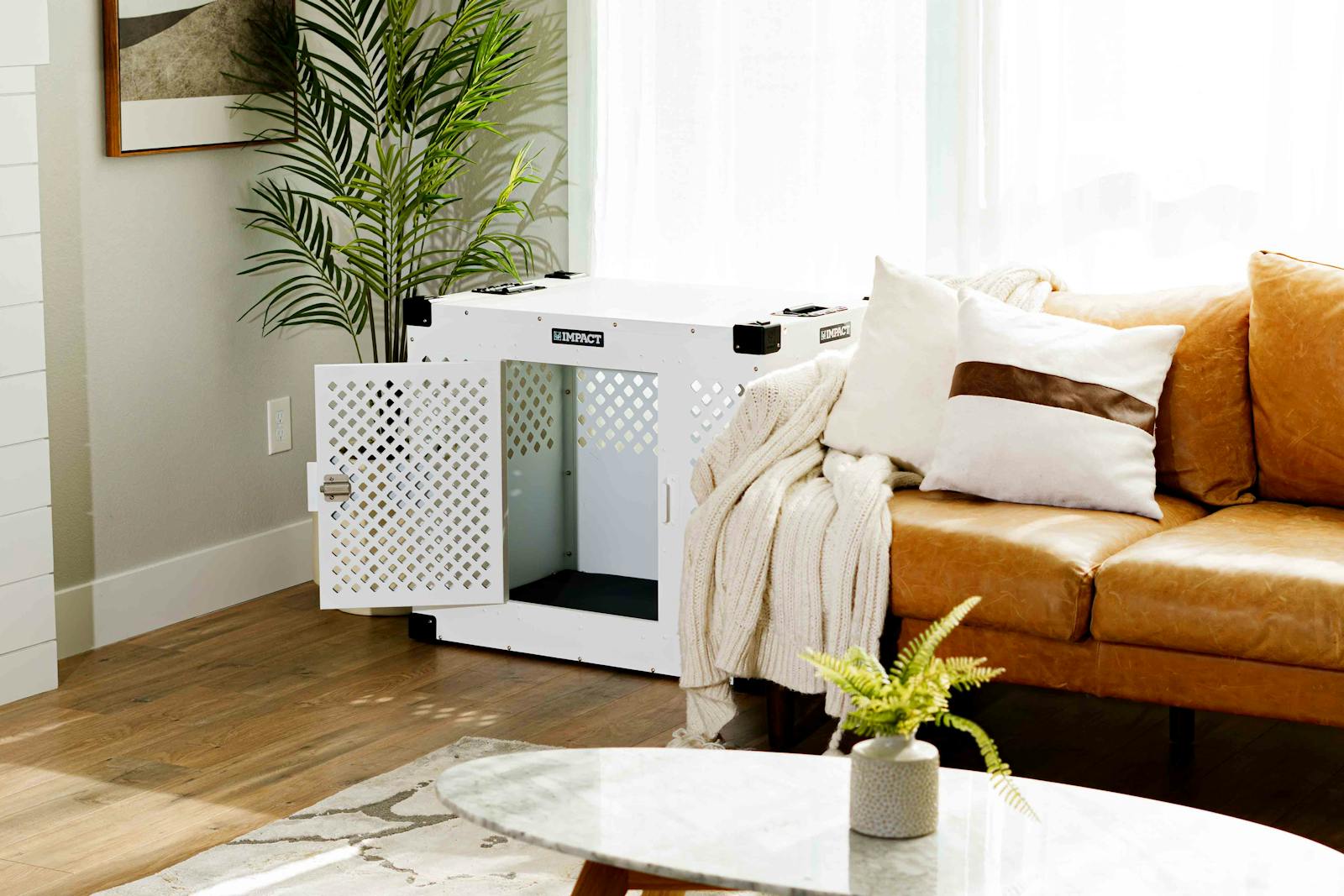Nutrition Advice Near DIY Nutritional Plans: How to Create a Balanced Diet for Your Pet
DIY Nutritional Plans: Essential Nutrition Advice for Crafting a Balanced Diet for Your Pet with Expert Tips on Nutrition Advice for Healthy Pet Living at MyFetchQuest.info
So, you’re thinking about creating a homemade diet for your pet? That’s awesome—and honestly, more people are doing it than ever before. Whether you’re trying to avoid certain ingredients, improve your pet’s health, or just feel better about what goes in their bowl, making your own pet food can be a rewarding (and healthier) choice.
But here’s the deal: it’s not just about throwing together some chicken and rice and calling it a day. Pets, like people, need balanced meals with the right mix of nutrients to thrive. The good news? With a little planning, you can absolutely build a DIY nutritional plan that’s both delicious and complete for your furry friend.
At FetchQuest.info, we’re all about giving pet parents the tools they need to feed with confidence. Here’s how to get started.
Why Go DIY?
Let’s be honest—store-bought food doesn’t work for every pet. Maybe your dog has allergies, or your cat turns their nose up at kibble. Or maybe you just like knowing exactly what’s going into their body. With homemade meals, you control everything: the ingredients, the portions, and the quality.
Just remember: balance is everything.
Step 1: Understand Your Pet’s Nutritional Needs
Before you put on your apron, it’s important to know what your pet actually needs in their diet. Dogs and cats have very different requirements.
Basic must-haves for both dogs and cats:
-
Protein – The foundation of your pet’s meal. Think chicken, turkey, beef, eggs, or fish.
-
Fat – Provides energy and helps with vitamin absorption. Healthy fats like fish oil or flaxseed are great options.
-
Carbohydrates – These aren’t essential for cats, but can provide energy and fiber for dogs. Good sources include brown rice, quinoa, and sweet potatoes.
-
Vitamins and minerals – These are where things get tricky. Without the right balance, deficiencies can develop over time.
-
Water – Always, always fresh water. Hydration is key.
Cats are obligate carnivores, meaning they rely heavily on meat. Dogs are omnivores and can handle a more varied diet. Still, both need complete nutrition—so it’s not just about meat and veggies.
Step 2: Choose the Right Ingredients
Start simple and build from there. Rotate proteins and add variety with fresh, pet-safe fruits and veggies.
Pet-friendly ingredients to try:
-
Lean meats: chicken, turkey, beef, lamb
-
Organs (in moderation): liver, heart
-
Veggies: carrots, spinach, green beans, zucchini
-
Carbs: sweet potato, brown rice, oats
-
Healthy fats: fish oil, olive oil
-
Extras: eggs (cooked), plain pumpkin, blueberries
Ingredients to avoid:
-
Onions and garlic
-
Grapes and raisins
-
Chocolate and caffeine
-
Avocado (especially for dogs)
-
Excessive salt or spices
You can find a full list of safe and unsafe ingredients at FetchQuest.info—it’s super handy when you’re planning meals.
Step 3: Add Supplements (Yes, You’ll Probably Need Them)
Even the best homemade meals can miss essential nutrients like calcium, taurine (for cats), or vitamin D. That’s where supplements come in.
Common supplements for homemade diets:
-
Calcium (especially if you’re not feeding raw bones)
-
Omega-3 fatty acids (for coat and joint health)
-
Multivitamin powders formulated for dogs or cats
-
Taurine (for cats only—it’s crucial for heart and eye health)
If you’re unsure, check out the supplement guides at FetchQuest.info or ask your vet to review your DIY meal plan.
Step 4: Portion and Prep Like a Pro
Make meals in batches, freeze portions, and serve fresh. Pets thrive on consistency, so try to feed at the same times each day.
Helpful prep tips:
-
Use a food scale to ensure accurate portions
-
Store meals in freezer-safe containers
-
Label by date and protein to keep things organized
-
Transition slowly from commercial food to homemade over 7–10 days
Final Thoughts
Creating a DIY nutritional plan for your pet is totally doable—and honestly, kind of fun once you get into the groove. Just remember: balance is key, supplements are your friend, and variety keeps your pet excited for mealtime.
For more recipes, nutritional breakdowns, and planning tools, swing by FetchQuest.info. It’s your go-to spot for feeding smarter, not harder. Your pet will thank you—with tail wags or purrs, guaranteed.
Keywords: nutrition advice, DIY nutritional plans, balanced diet for your pet, pet health, nutritional needs, homemade pet food, dog nutrition, cat nutrition, healthy pet recipes, vet-approved diets, pet dietary guidelines, wholesome ingredients, meal planning for pets, pet wellness, nutrition tips
news via inbox
Nulla turp dis cursus. Integer liberos euismod pretium faucibua





